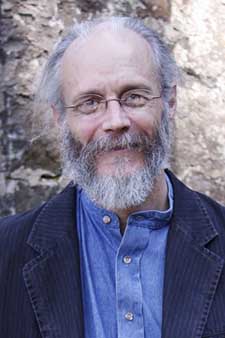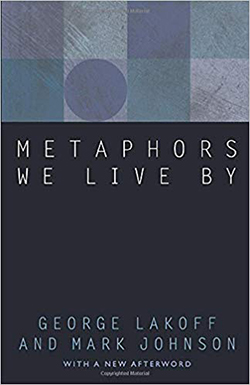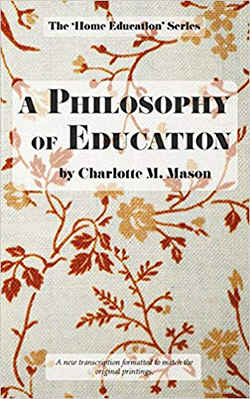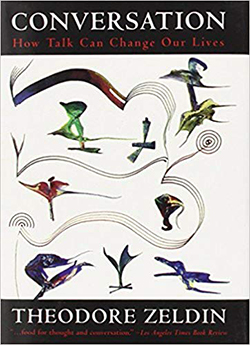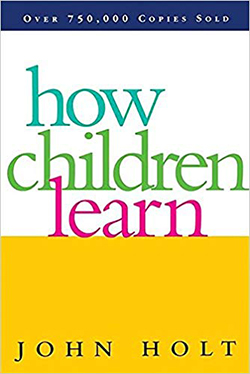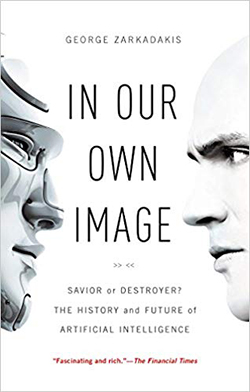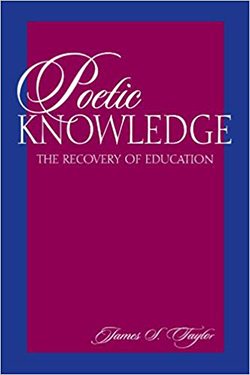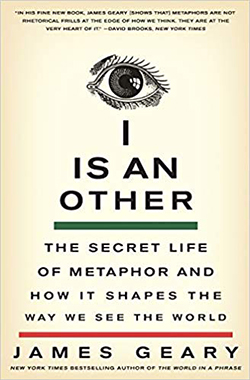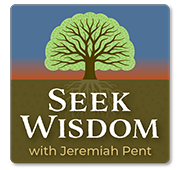
A Good Life: An Interview with Fred Putnam on Using Metaphors as a Tool to Shape Our Lives and Understanding
The thought and teaching of Dr. Fred Putnam have had more impact on my own thinking than probably any other living teacher I’ve had the opportunity to learn from. His ideas on metaphor, particularly as it applies to Biblical interpretation, are profound and can have a significant positive impact on those who learn from him. It was Dr. Putnam’s teaching that inspired the idea for my book A Good Life, and we discuss his own thought on metaphors for life in this wide-ranging 3-part interview. Dr. Putnam currently serves as Professor of Bible and Liberal Studies at Eastern University’s Templeton Honors College. You can learn more about him here. (See below for resources associated with these episodes)
Photo courtesy Templeton Honors College
Part 1. Using Metaphors as a Tool to Shape Our Lives and Understanding
Part 2. Does Science Need Metaphor?
Part 3. God is a Farmer
Resources
Books mentioned in the above episodes
Metaphors We Live By, George Lakoff & Mark Johnson
A Philosophy of Education, Charlotte Mason
Conversation: How Talk Can Change Our Lives, Theodore Zeldin
How Children Learn, John Holt
In Our Image, Robert Zarkadakis
Poetic Knowledge, James Taylor
Articles Mentioned in the Above Episodes
“The Empty Brain,” Robert Epstein
“Quantum Poetics: Why Physics Can’t Get Rid of Metaphor,” Samuel Matlack
Article about “battling” cancer. Here’s another.
Dr. Putnam’s Recommended Books for Further Reading
All three of these books explain what metaphors are, why we need them, and how they “work” – their explanations differ from, but complement each other. There are many resources to choose from (as any search engine will reveal); these are good places to begin. Fred Putnam
I is An Other: The Secret Life of Metaphor and How It Shapes the Way We See the World, James Geary. Written for all readers, this book looks at its subtitle: how metaphors shape how we see the world, examining many topics in thirteen chapters, a Foreword and “Backword”. Chapters include a fascinating look at how advertisers, politicians, and scientists (for example) use metaphors to cajole us into buying their products, win our votes and support, and many other ways that people use metaphors, subtly and not-so-subtly, to manipulate us (and how we ourselves use metaphors to the same ends).
Metaphor: A Practical Introduction, Zoltán Kövesces. Each of the seventeen chapters in this textbook for beginners (those with no background in metaphor theory or studies) ends with a summary, suggestions for further reading, and exercises (with solutions at the end of the book); it also includes a helpful glossary of terms related to metaphors and metaphor studies. Anyone who wants a somewhat more nuanced explanation will deeply appreciate the opportunity to work through this book.
Metaphors We Live By, George Lakoff & Mark Johnson. Twenty years older than Kövesces’s textbook, this is one of the works responsible for the surge of interest in what metaphors are and how they work (and why). In thirty chapters, Lakoff and Johnson demonstrate how metaphor (and metaphors) permeate our thoughts, words, and lives, and affect our ability to understand our selves, each other, and the world around us.

